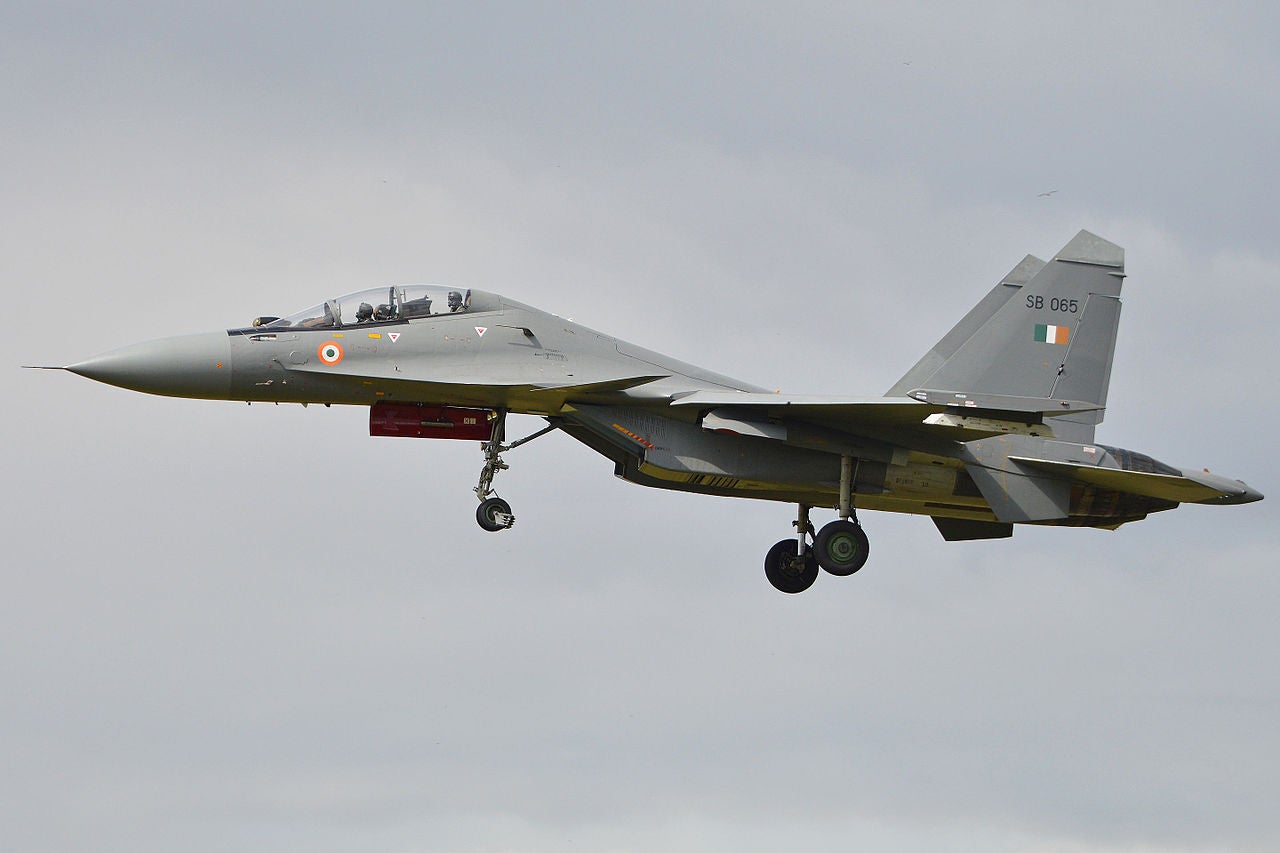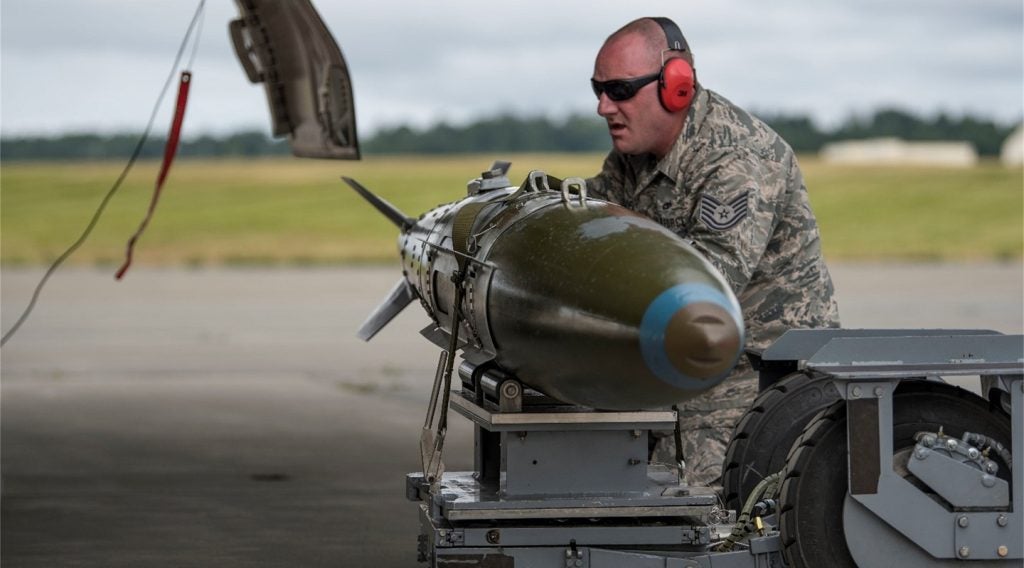
The Indian Air Force (IAF) and the Defence Research and Development Organisation (DRDO) have successfully flight-tested the indigenously developed helicopter-launched stand-off anti-tank (SANT) missile.
The missile was tested from Rajasthan’s Pokhran firing ranges in India on 11 December.
According to the information posted by the Indian Ministry of Defence (MoD), the flight-testing was successful in meeting all the objectives of the mission.
During the trial, the tracking algorithms, all avionics with integrated software, release mechanism, and advanced guidance monitored all mission events.
DRDO chairman G Satheesh Reddy said that the SANT missile test would further advance India’s indigenous defence capabilities.
On the successful test-firing of the missile, Indian Defence Minister Rajnath Singh has congratulated the team associated with the flight test of the missile.
How well do you really know your competitors?
Access the most comprehensive Company Profiles on the market, powered by GlobalData. Save hours of research. Gain competitive edge.

Thank you!
Your download email will arrive shortly
Not ready to buy yet? Download a free sample
We are confident about the unique quality of our Company Profiles. However, we want you to make the most beneficial decision for your business, so we offer a free sample that you can download by submitting the below form
By GlobalDataIn a statement, the MoD said: “The indigenous development of various configurations for different applications with advanced technologies is a firm march towards ‘Aatmanirbharta’ in defence.”
DRDO laboratory Research Centre Imarat (RCI) in Hyderabad has designed and developed the SANT missile.
RCI developed the missile in cooperation with other DRDO laboratories, alongside participation from other industry partners.
The missile features an advanced millimetre wave (MMW) seeker that provides high precision strike capability from a safer distance and is capable of neutralising targets within a 10km range.
It is the third in a series of indigenous stand-off weapons that have been tested recently.
Separately, the DRDO and the Indian Army tested Pinaka Extended Range (Pinaka-ER), Area Denial Munitions (ADM) and indigenously developed fuses.
The performance evaluation trials were conducted at Field Firing Ranges last week.







